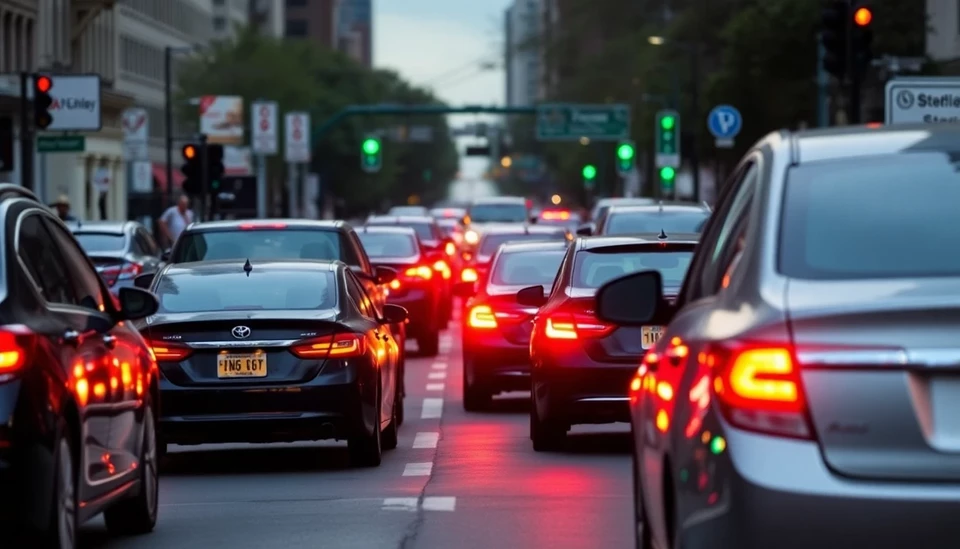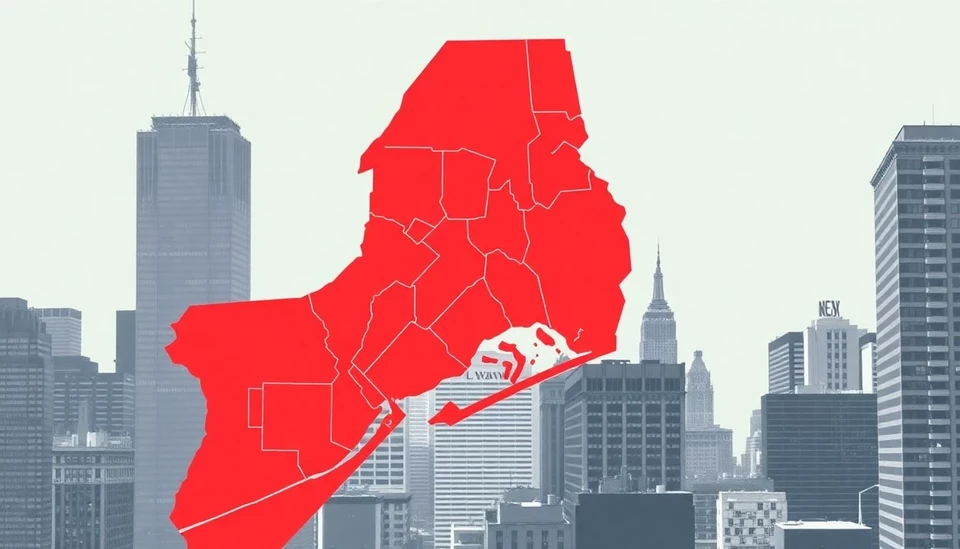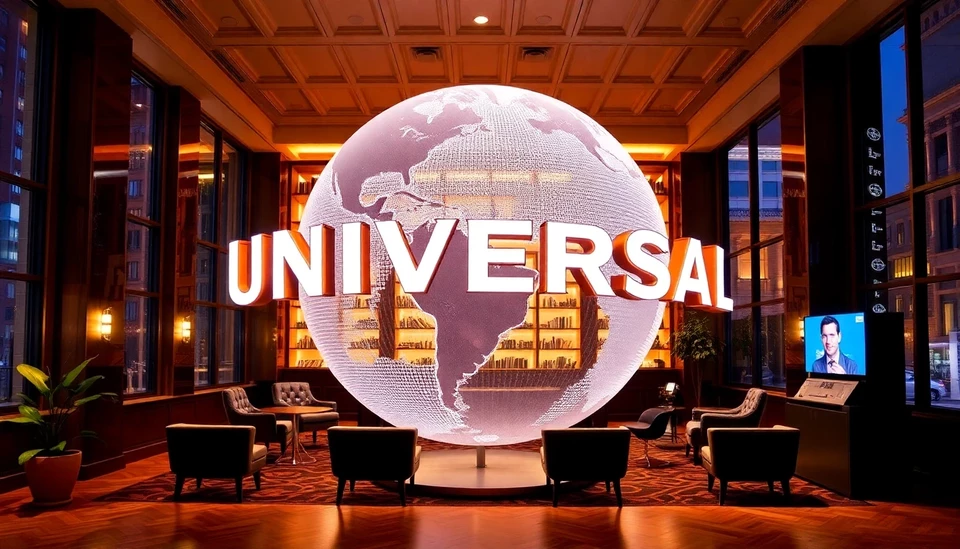
New York City has launched its highly anticipated congestion pricing program, and the early results are impressive. In its first month of implementation, the program has generated a substantial $48.6 million. This revenue is pivotal for the city's transportation infrastructure and aims to alleviate traffic congestion in one of the busiest metropolitan areas in the world.
The congestion pricing initiative, which began on February 1, is designed to charge vehicles entering Manhattan’s busiest districts. This program not only seeks to reduce the amount of traffic that clogs the city’s roads but also to encourage the use of public transit. The financial return in just 30 days signals a positive reception from both commuters and tourists who often rely on the convenience of driving in and out of the city.
New York City's program is the first of its kind in the United States and represents a significant step toward sustainable urban travel. The funds raised through congestion pricing are earmarked for enhancing public transportation services, including improvements to buses and subways, ultimately aiming to create a more efficient travel system for all New Yorkers.
City officials are optimistic about the program's success moving forward. The initial figures suggest not only a successful rollout but also a growing awareness among drivers about the environmental and economic impacts of congestion. The New York City Department of Transportation is actively monitoring traffic patterns and congestion levels to assess the program’s effectiveness in achieving its goals.
As New York City continues to battle the challenges of urban mobility, the ethos behind congestion pricing is expected to gain traction, especially as residents and visitors alike become more conscious of their commuting choices. Authorities are hopeful that not only will the revenue support public transit but that the program will foster a cultural shift towards using alternative modes of transport such as biking and walking.
With the significant financial boost from congestion pricing, New York City has taken a bold step forward in addressing the issues of urban traffic and mobility, setting a precedent that could inspire other cities across the country to consider similar approaches in managing congestion and funding public infrastructure.
As the program evolves, city leaders will continue to engage with stakeholders and the public to ensure that congestion pricing remains effective and equitable for all residents. The long-term vision is to create a seamless transit network that enhances the quality of life in New York City while protecting the environment.
Looking ahead, the Department of Transportation is committed to transparently reporting on the use of the congestion pricing revenues and the ongoing improvements in transit services that these funds will support. With a promising start, the city is on track to transform the way its residents and visitors navigate and interact with the bustling urban landscape.
As the congestion pricing program matures, experts will keep a close eye on its broader implications on traffic, air quality, and urban living, with the hopes that this innovative strategy will inspire other metropolitan areas to adopt their own congestion management solutions.
In conclusion, New York City's implementation of congestion pricing marks a significant milestone in urban transportation management, showcasing a practical approach to solving intricate problems of congestion and travel efficiency in an increasingly crowded city.
#NYC #CongestionPricing #UrbanTransportation #Sustainability #PublicTransit #TrafficManagement #NewYorkCity #CityLife
Author: Victoria Adams




